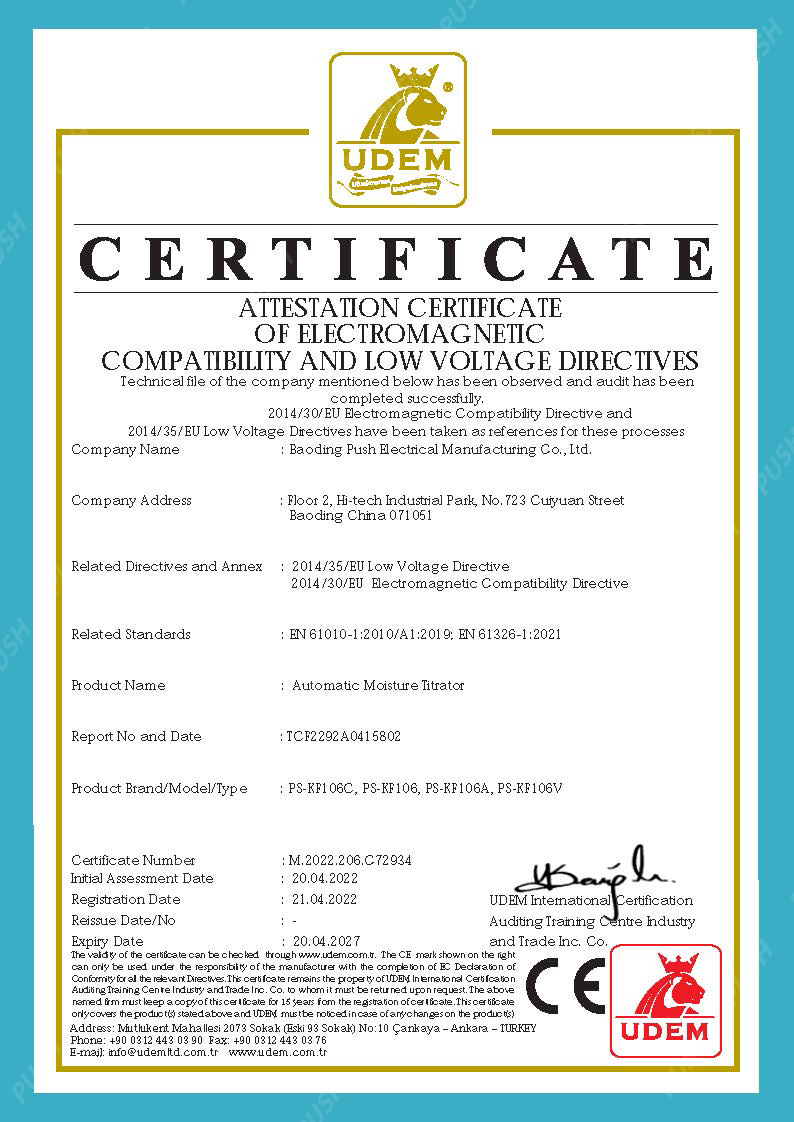 English
English


Advanced Techniques in Gas Chromatography for Enhanced Separation and Analysis of Complex Mixtures
An Overview of Gas Chromatography and Its Applications
Gas chromatography (GC) is a powerful analytical technique commonly employed for the separation and analysis of volatile compounds in a complex mixture. This method leverages the differential partitioning of compounds between a mobile gas phase and a stationary liquid or solid phase, making it essential in various fields, including chemistry, environmental science, food safety, and pharmaceuticals.
Principle of Gas Chromatography
The fundamental principle behind gas chromatography hinges on the interaction of analytes with the stationary phase. In a typical gas chromatographic setup, a sample is vaporized and carried by an inert gas, known as the mobile phase. As this gas flows through a column packed with a stationary phase, the different components of the sample interact variably with the stationary material, leading to varying retention times. Each compound exits the column at different times, which can be detected and quantified by the detector, typically a mass spectrometer or flame ionization detector.
Components of Gas Chromatography
A gas chromatograph consists of several key components the injector, the column, the oven, and the detector. The injector is responsible for introducing the sample into the system, where it is vaporized. The column is the critical component where separation occurs, and the oven maintains a constant temperature to provide optimal conditions for separation. Finally, the detector measures the amount and type of each compound as it elutes from the column. The data collected are then displayed as a chromatogram, illustrating peaks corresponding to individual components.
Applications of Gas Chromatography
Gas chromatography has diverse applications across multiple industries. In the environmental sector, GC is extensively used to analyze air pollutants, volatile organic compounds (VOCs), and other hazardous substances. These analyses are crucial for monitoring air quality and ensuring compliance with environmental regulations.
gas chromatography model

In the food and beverage industry, gas chromatography plays a vital role in quality control and safety assessment. It is employed to detect flavor compounds, preservatives, and contaminants, ensuring that products meet safety standards. For instance, GC can identify pesticide residues in fruits and vegetables, helping to safeguard consumer health.
In the pharmaceutical industry, gas chromatography is essential for drug formulation and quality assurance. It is used to analyze active pharmaceutical ingredients (APIs) and to ensure that products are free from impurities. Additionally, GC is critical in research settings for characterizing chemical compounds, thus aiding in the development of new drugs.
Advantages and Limitations
One of the significant advantages of gas chromatography is its high sensitivity and resolution. The technique can detect trace amounts of compounds, making it ideal for various analytical applications. Furthermore, GC can separate complex mixtures quickly, enabling rapid analysis.
However, gas chromatography also has limitations. It primarily analyzes volatile compounds, making it unsuitable for substances that are non-volatile or thermally unstable. Additionally, the need for sample vaporization can pose challenges for certain classes of compounds, including polar or high-boiling-point substances.
Conclusion
Gas chromatography remains an indispensable analytical tool due to its efficiency, sensitivity, and broad applicability. Its ongoing advancements, such as improved column materials and detection technologies, continue to enhance its capabilities, making it a staple in laboratories worldwide. As industries seek reliable techniques for compound analysis and quality assurance, gas chromatography will undoubtedly play a crucial role in various scientific endeavors.
-
Differences between open cup flash point tester and closed cup flash point testerNewsOct.31,2024
-
The Reliable Load Tap ChangerNewsOct.23,2024
-
The Essential Guide to Hipot TestersNewsOct.23,2024
-
The Digital Insulation TesterNewsOct.23,2024
-
The Best Earth Loop Impedance Tester for SaleNewsOct.23,2024
-
Tan Delta Tester--The Essential Tool for Electrical Insulation TestingNewsOct.23,2024





